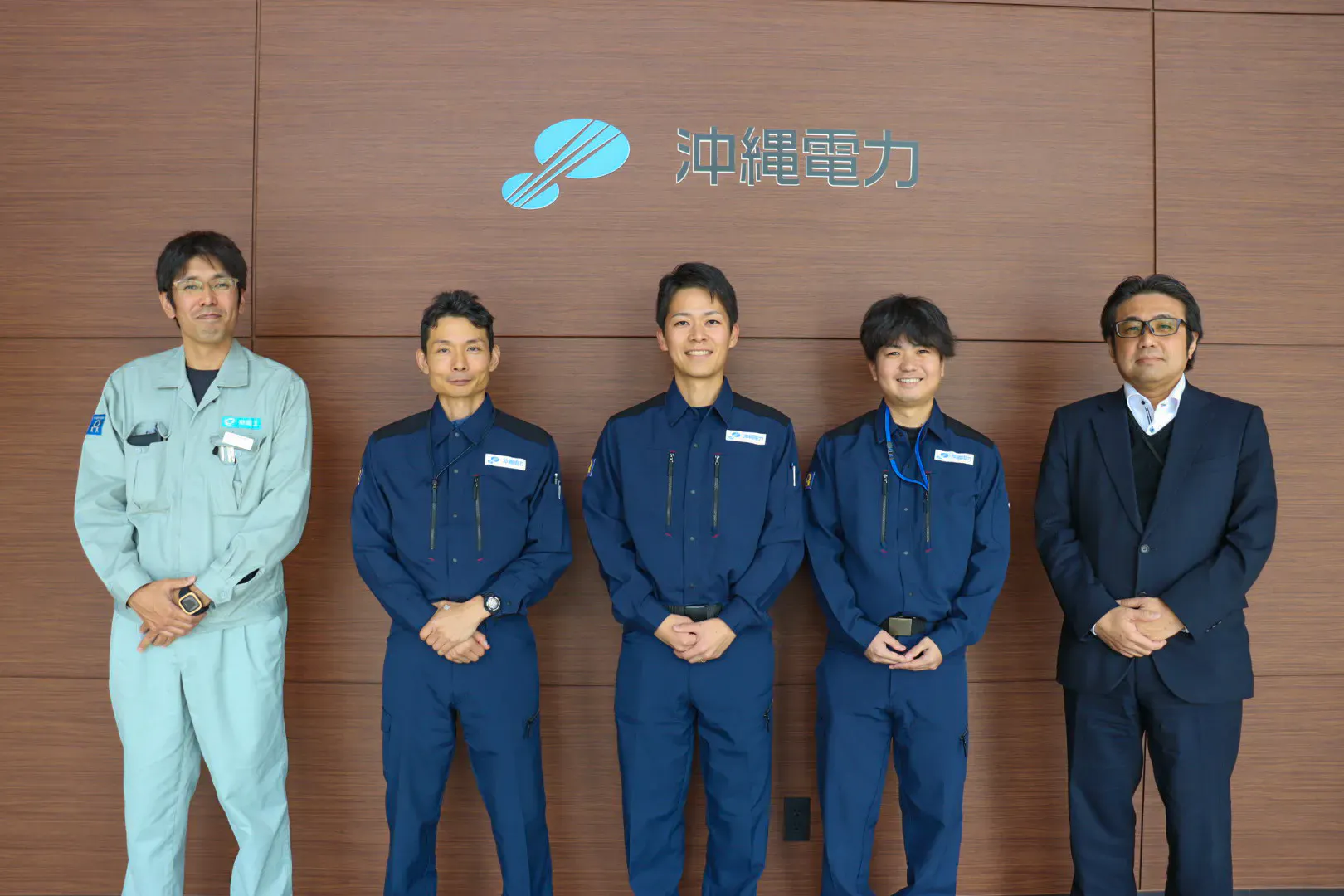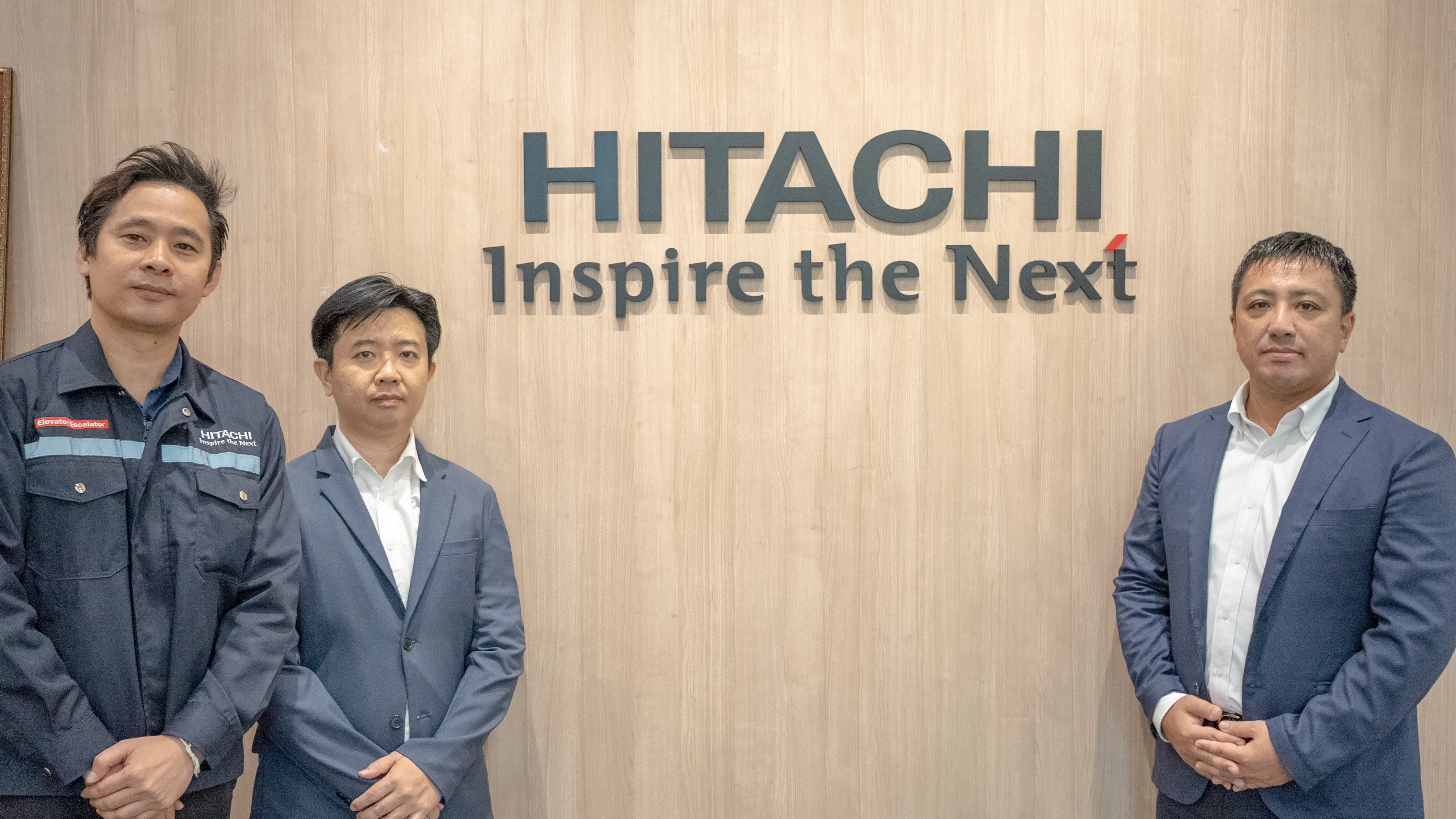TOKYO DOME CORPORATION


Company Name
TOKYO DOME CORPORATION
Number of Employees
929
Business Activities
Tokyo Dome City Business, Distribution, Hotel operation, Real estate leasing, Velodrome operation, etc.
Utilization Services
Background and Effects of KANNA Implementation
課題
(1) The communication tools varied depending on the individual and the situation, and the workers were
overwhelmed with meetings, phone calls and email.
(2) Past information and construction documents were stored on personal computers, and the operation
was becoming more personalized.
(3) Although the company was promoting digital transformation to go paperless, it was difficult to unify the
data storage locations.
導入の決め手
To centralize management information from legacy to digital, to facilitate communication, to get rid of the tendency to assign work to a specific person, and to promote a paperless work environment.
効果・改善
(1) KANNA chat feature has reduced the time required to respond to emails. The reply feature enables clear
communication of past correspondence.
(2) The status display can be changed as the workflow progresses, and push notifications
are sent for each change, making it easier for both managers and contractors to grasp the current status.
(3) The ability to centrally store documents and images for each project has streamlined the process of extracting
and checking documents. The possibility of clearly transferring corporate assets in the form of construction
information became apparent.
Person interviewed
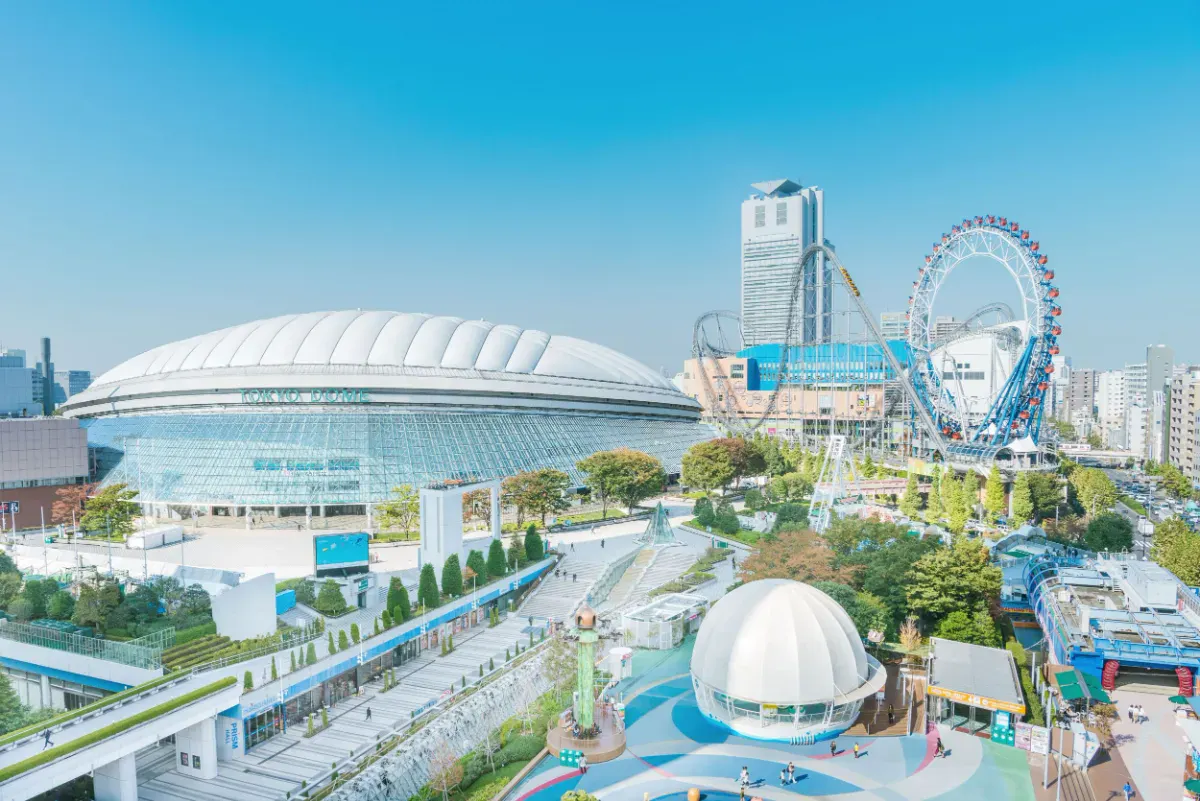
Mr. Hiroshi Yamaguchi: Facilities Department Tokyo Dome City Business
A wide range of construction projects because we provide value as a "City".
- Tell us about the business of TOKYO DOME CORPORATION.
Mr. Yamaguchi: We are developing our business from various angles, including distribution, real estate leasing, and hotel management, with the business related to Tokyo Dome City at the core. Our main business in Tokyo Dome City is to provide entertainment to our customers, such as baseball games, concerts, hero shows, and amusement parks.
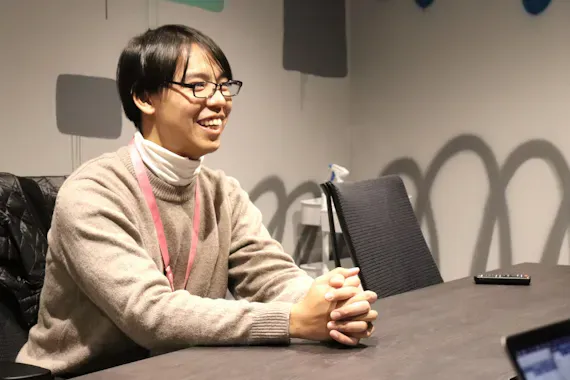
In addition to such extraordinary entertainment, we also operate facilities that are closely related to the daily lives of our customers, such as LaQua, a fusion commercial facility attached to the Tokyo Dome. As the name "Tokyo Dome City" suggests, one of our main characteristics is that we offer value as a "City".
- So, which of your divisions has implemented KANNA?
Mr.Yamaguchi: Within the Tokyo Dome City business, KANNA is installed in the Facilities Department to which
I belong. Tokyo Dome City is a complex facility with Tokyo Dome at its center. This department manages the construction work to ensure that all the facilities in the facility are featuring properly.The scope of our work ranges from small-scale facility repairs to large-scale renovation work. Construction work related to the Tokyo Dome, which you all know, is also under our jurisdiction.
Specifically, we receive requests for construction and repair work from each of the offices that make up Tokyo Dome City and we are in charge of distributing the work. Upon receiving a request, we observe and listen to the situation at the site, select an appropriate construction contractor, and determine whether the estimated amount for the order is appropriate. Then, when an internal approval is granted, I adjust the construction schedule and manage progress and safety. Tokyo Dome City is a large facility, so there are dozens of projects going on at the same time each month.
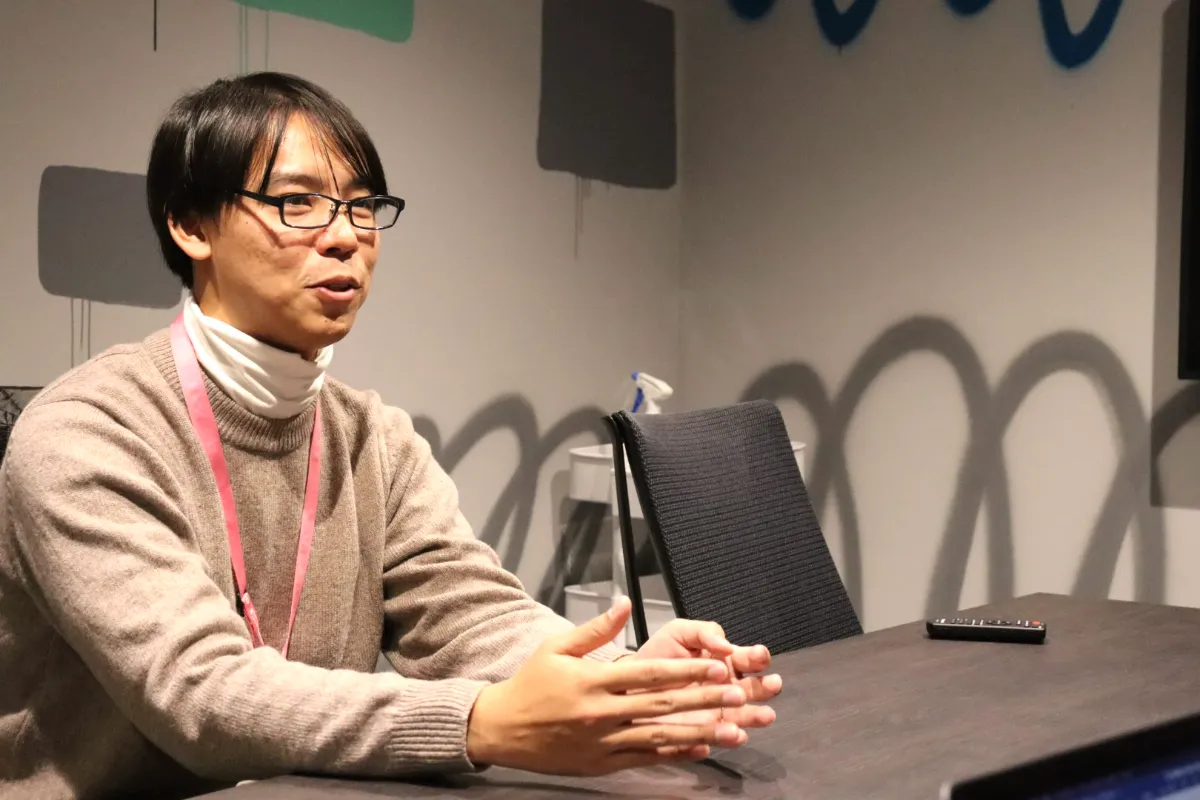
For the improvement of individualization that has become apparent in the era of COVID-19, towards communication and collaboration as well as DX (Digital Transformation).
- What were the issues behind the implementation of KANNA?
Mr. Yamaguchi: Since we need to keep in touch with various departments, especially the section in charge of equipment maintenance, there are many meetings that we need to attend, both by email and telephone, and it is not unusual for us to receive urgent calls about other matters during meetings.
Also, because of the wide variety of our business, our company has various types of working hours. While we in the Facilities Department are off on weekends, there are many departments that require shift work. This means that we are not always able to reach our clients by phone.
It is difficult to keep track of progress because there is no consistent method of communication, whether by phone or email, and it is not good to have to answer the phone even during meetings. In addition, we have to answer the phone even during meetings, which is not good. Especially on Monday mornings, when we in the Facilities Department are on vacation, we receive a tremendous amount of phone calls.
Under such circumstances, it is undeniable that there are some omissions in communication and recognition, and the background of the introduction of KANNA was to improve the complexity and time-consuming work of this communication and coordination.
Another issue that needed to be improved was the fact that the work was becoming more and more person-dependent. This became particularly apparent with the Corona disaster. Whether dealing internally or with construction contractors, the Facilities Department's work is assigned on a project-by-project basis. Although we had been sharing progress using an internal system for some time, on-site documents and detailed instructions were kept on the person in charge's computer and in his or her head. If the person in charge is unable to come to the office, he or she is unable to check the process chart. Tokyo Dome City has been in operation for more than 20 years, and the fact that the information gathering had become a personalized process was also a problem.
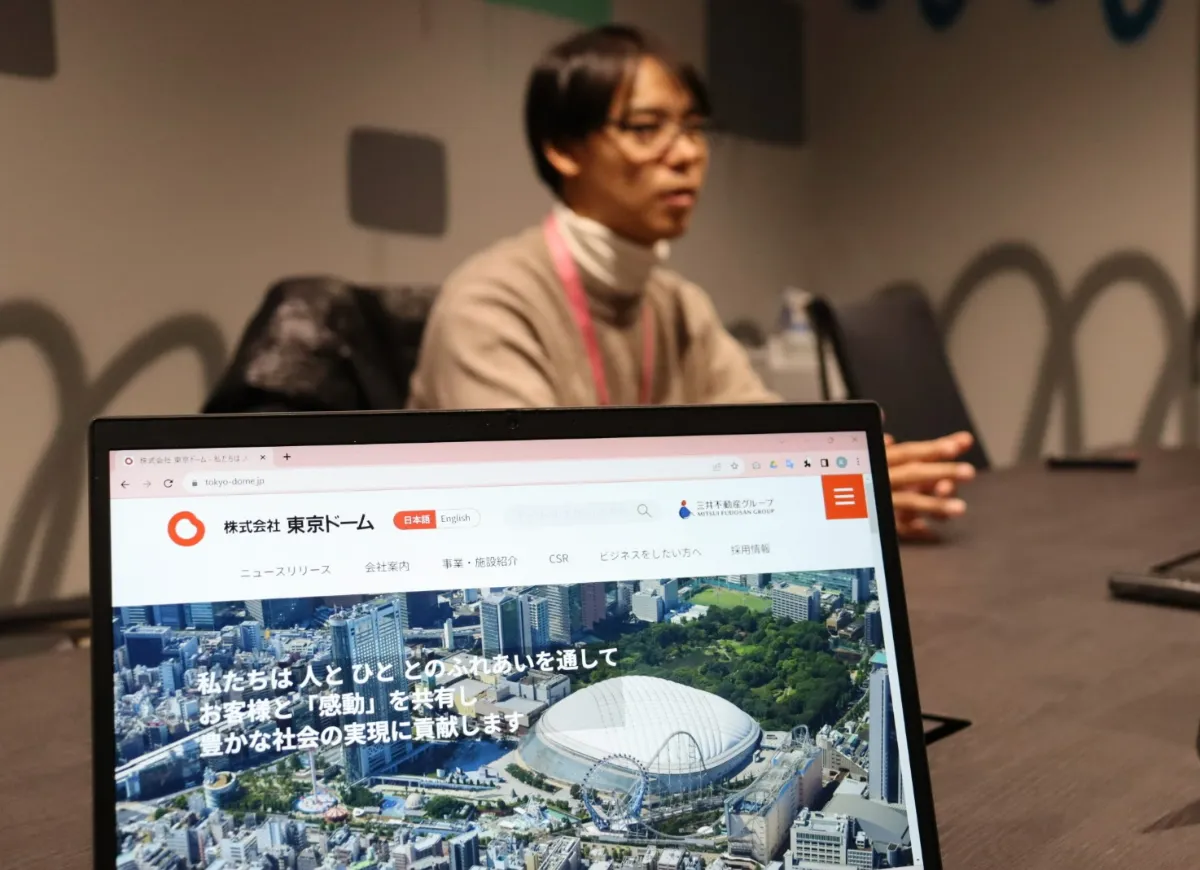
Still, we could not stop the construction work, so although we were sorry, we called the person in charge, who was on leave due to the Corona Disaster, to confirm the information.
We were sorry, but I had to call the person in charge, who was taking a leave of absence due to the Corona disaster, to confirm information. While the work under the "in-charge" system allows us to build a relationship of trust with construction workers, it is extremely vulnerable in an emergency. At the same time, the company as a whole was promoting digital transformation, including a paperless office, and we began to consider the introduction of a project management application that utilizes the power of digital technology.
- Why did you choose KANNA as your project management application?
Mr. Yamaguchi: The first thing that attracted us was the chat feature. I thought it could be operated in the same way as communication apps that many people are familiar with.
From the viewpoint of progress management, one of the deciding factors was the ability to list multiple projects, to be notified and display the progress status of each project, and to store photos and documents. We compared several services, but KANNA had the greatest affinity with our business.
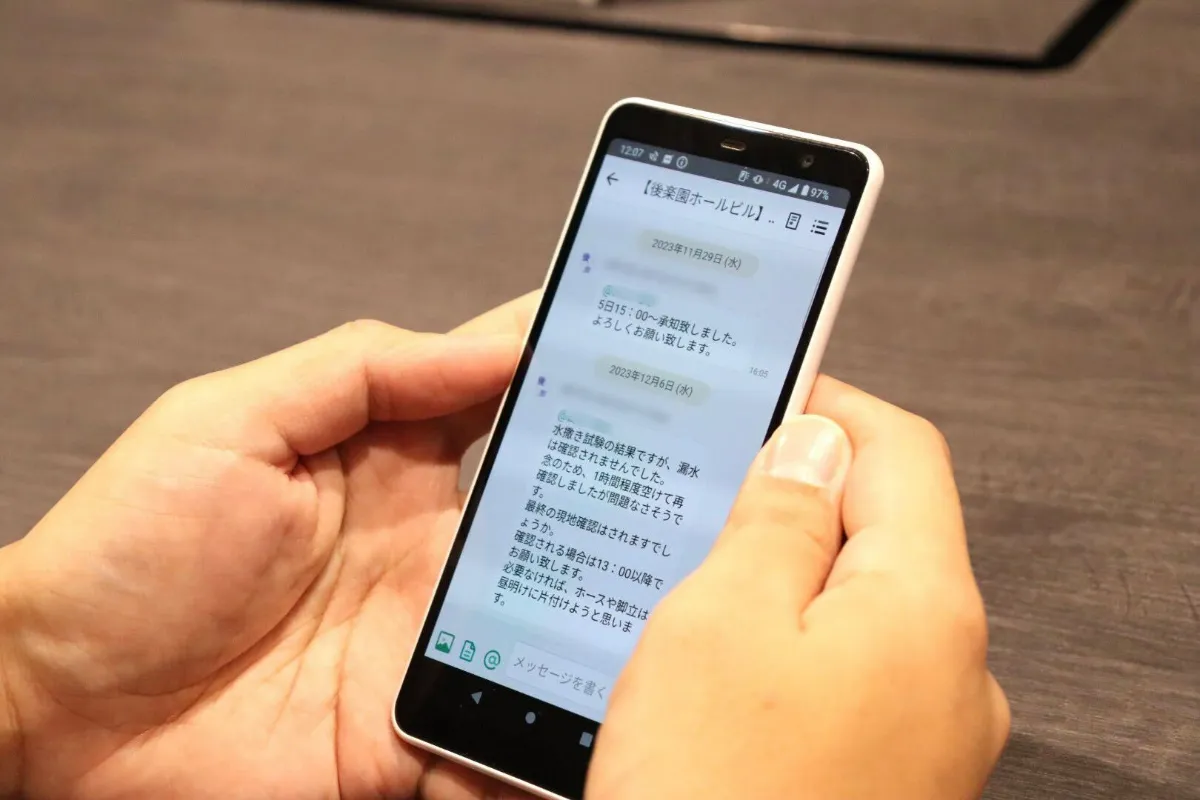
The image of actual usage of chat feature in KANNA.
The feature to clarify who you are sending a message to by adding a "@ + user name" mention,
and the "reply" feature to quote a specific person, reply feature to "quote" a specific person's message.
Improved accuracy of information communication and real-time progress notifications are reassuring factors.
-How do you think KANNA has been effective in resolving issues?
Mr. Yamaguchi: It has only been about two months since we introduced KANNA, and we are now at the stage where I, with the cooperation of the construction company, am showing the benefits of using KANNA within the company. Although the priority is to penetrate KANNA to solve the issues, we are beginning to see signs of improvement.
First, by switching the ways of communication to mainly chat, the time required to write emails has been greatly reduced. This is the same for all companies, which have a culture of adding not really important phrases but have to add them to emails. Such sentences are no longer necessary, and since KANNA chat also has a reply feature,
it is possible to communicate clearly without having to repeat what you have told us in the past, which is tied to it.
In addition, the notification and display of status progress has been well received by the management as well as the construction contractors.

The push notification of which project is in which flow now, by progress, allows the manager to grasp the current status without omission. We must go back to past email to ask ourselves, "Did I get a quote for this project?"
I don't have to go back to past emails to ask myself, Did I get an estimate for this project? On the other hand, this feature seems to be a source of reassurance for contractors.
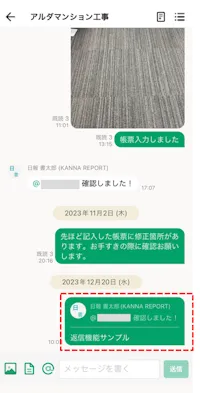
Chat reply feature

The flow (progress status) of each project can be seen at a glance. This display can be customized by each company.
※ Sample images
We manage dozens of construction projects per month, which sometimes results in delays in the start of construction and delays in settlements. With KANNA, we are notified as statuses progress,and we also receive push notifications when photos or documents are updated. This allows the construction contractor to know what is going on, and they are reassured that the project is moving forward, even though they are on standby status.
I also appreciate this push notification. Even in situations where I cannot check the content of a contact, such as when I am on holiday, I can recognize that something is being communicated. Then, I can get an idea of the amount of work that needs to be handled depending on the volume of notifications, which naturally prepares me for coming to work on Monday.

Sample of the "push feature" screen. When a flow (progress status) is changed or a "report" is added,
a notification is sent to your smartphone. You can grasp the progress status at a glance without opening the application.
Because we are a company that has built up a long history, we are moving toward the capitalization of information through DX.
- Now in the process of showing us such a good example within your company. Please tell us about your company's vision beyond the penetration of KANNA.
Mr. Yamaguchi: I would like to use myself as a sample to spread KANNA throughout the entire department,
and eventually to our company as a whole. If we can unify the means of communication and the storage of construction related documents and images in KANNA, I expect that we will be able to brush up our business operations beyond our initial goals of facilitating communication and cooperation, breaking away from the use of individual employees, and even going paperless.

Tokyo Dome City began as the Korakuen Stadium, which opened in 1937. Since then, we have opened and operated all kinds of entertainment facilities and buildings. It is not easy to find documents about the company's past, as it has been around since the days when even the concept of "Digital" was a rarity.
However, the history and technology that we have accumulated over the past 80 years since our founding are our most valuable assets. As these accumulations continue to this day, we believe that we should keep detailed records of what went wrong, how we broke away, how we reached completion, and how we have maintained it. If everything related to construction could be centralized in KANNA, the information stored in KANNA would become an asset to be passed on to the future.
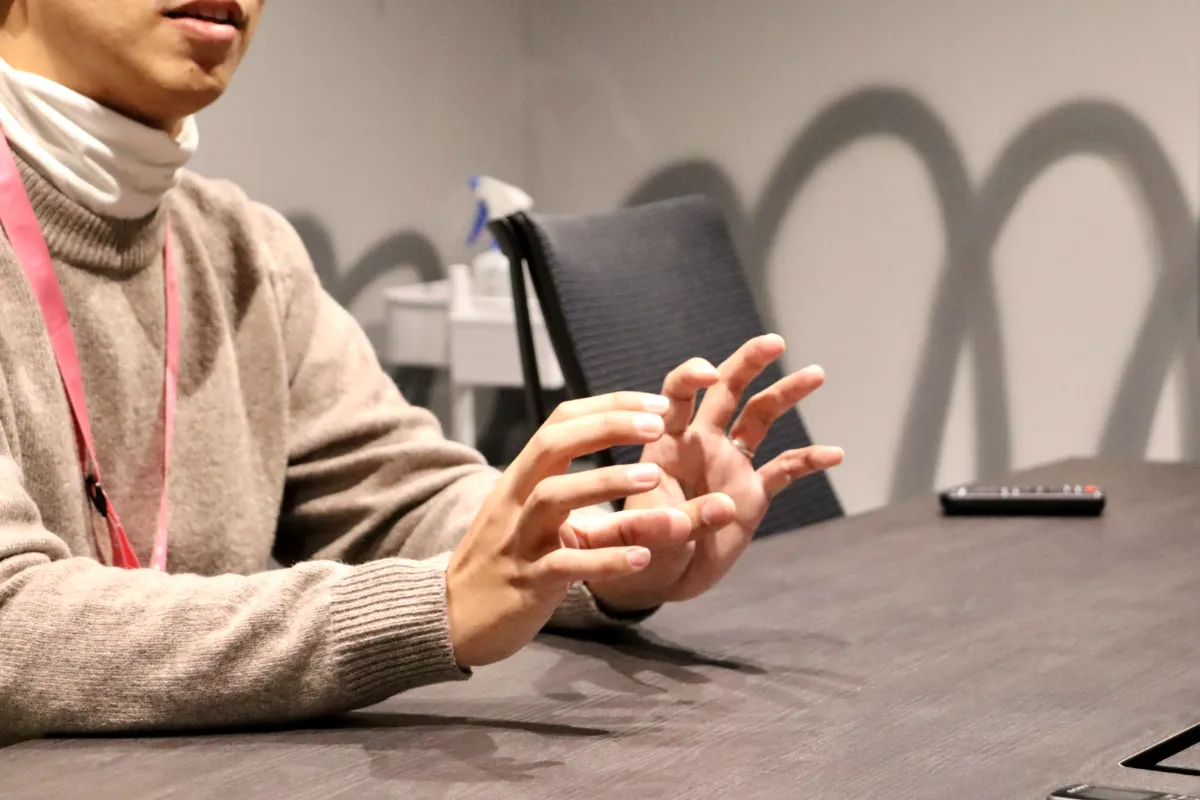
The Covid has made it clear that one of our issues is the lack of human resources, but we do not know when an emergency situation will arise that makes it difficult to come to work in disaster-prone Japan. However, in Japan where disasters frequently occur, there is no telling when an emergency situation may arise that makes it difficult to come to the office. Having realized the potential of KANNA, we would like to further promote its use in the future.
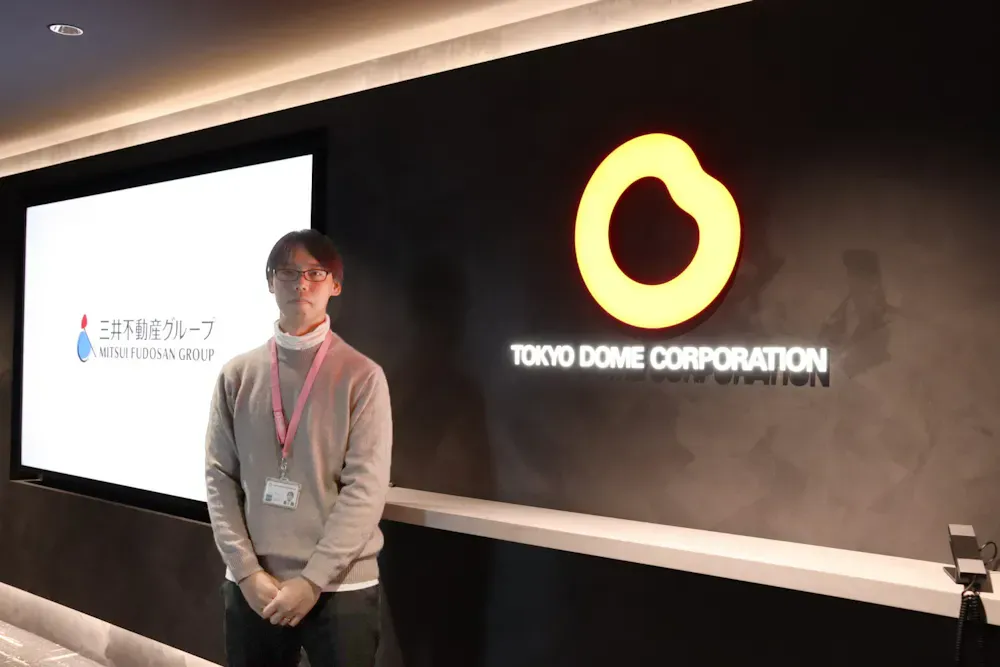
Company Name: TOKYO DOME CORPORATION
Business Description: Tokyo Dome City Business, Distribution, Hotel operation, Real estate leasing, Velodrome operation, etc.
Date of Establishment: December 1936
Number of employees: 929
Website: https://www.tokyo-dome.jp/
Article published on: August 21, 2025
